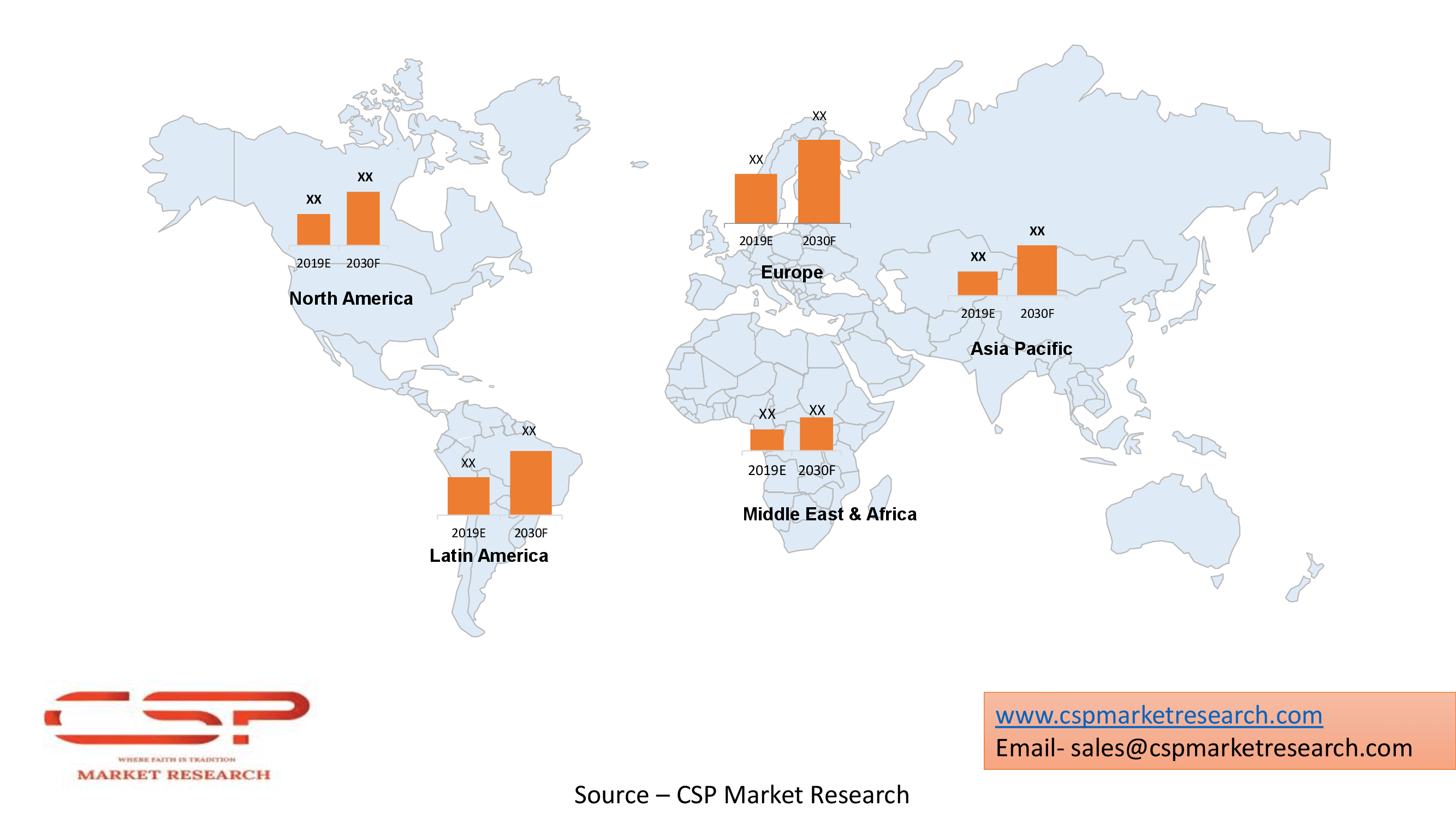Report Description
Isoprene Market size and forecast
Isoprene Market size was valued at USD 4,961.4 Million in 2023 and is projected to reach USD 8,438.2 Million by 2030, growing at a CAGR of 8.1% during the forecast period 2024-2030.
The isoprene market size and forecast are influenced by various factors such as industry trends, applications, supply-demand dynamics, regulatory environment, and technological advancements. Here's an overview of the isoprene market size and a forecast based on these factors:
1. Market Size:
- Isoprene is a colorless liquid hydrocarbon obtained as a byproduct of petroleum refining or through natural sources such as trees, particularly rubber trees.
- It is primarily used as a raw material in the production of synthetic rubber, particularly polyisoprene rubber, which finds applications in tires, footwear, adhesives, and medical devices.
- The isoprene market size is significant due to its wide-ranging applications in industries such as automotive, construction, healthcare, and consumer goods.
2. Growth Drivers:
- Automotive Industry: The demand for isoprene is closely linked to the automotive industry, as synthetic rubber is a key component in tire manufacturing. Growth in vehicle production, particularly in emerging economies, drives market demand.
- Construction Sector: Isoprene-based adhesives and sealants are used in construction applications for bonding and sealing purposes. The growth of the construction industry, driven by infrastructure development and urbanization, supports market growth.
- Healthcare Applications: Isoprene rubber is used in medical devices such as gloves, catheters, and tubing due to its biocompatibility and resistance to chemicals and sterilization processes. Increasing healthcare expenditure and demand for medical supplies drive market demand.
- Consumer Goods: Isoprene-based elastomers are used in various consumer goods such as footwear, sporting goods, and household products. Changing consumer lifestyles and preferences influence market growth.
3. Regional Analysis:
- Asia Pacific: The largest market for isoprene, driven by the presence of major tire manufacturers, automotive production hubs, and rapid industrialization in countries like China, India, and Southeast Asia. Increasing infrastructure investments and automotive sales contribute to market growth.
- North America and Europe: Mature markets with significant demand for isoprene in automotive, construction, and healthcare industries. Technological advancements, regulatory compliance, and sustainability initiatives drive market dynamics in these regions.
- Latin America, Middle East & Africa: Emerging markets with growing demand for synthetic rubber and isoprene-based products in construction, automotive, and consumer goods sectors. Economic growth, infrastructure development, and increasing urbanization support market expansion.
4. Forecast:
- The isoprene market is expected to witness steady growth in the coming years, driven by the expanding applications and demand from end-use industries.
- Market forecasts predict a compound annual growth rate (CAGR) of X% from 20XX to 20XX, reaching a market size of $XX billion by the end of the forecast period.
- Factors such as increasing vehicle production, infrastructure development, healthcare expenditure, and consumer spending contribute to market growth.
5. Challenges:
- Supply Constraints: Isoprene availability can be affected by fluctuations in crude oil prices, feedstock availability, and production capacity constraints.
- Environmental Regulations: Regulatory restrictions on emissions, waste disposal, and sustainability initiatives influence the production and use of isoprene-based products.
- Competition: The isoprene market faces competition from alternative materials such as natural rubber, synthetic elastomers, and bio-based polymers, which offer similar or enhanced properties for specific applications.
In conclusion, the isoprene market size and forecast reflect the growing demand for synthetic rubber and isoprene-based products across various industries. Strategic investments in research and development, supply chain management, and market expansion are essential for capitalizing on opportunities and addressing challenges in the evolving isoprene market.
| Report Attributes | Details |
| Study Period | 2023 to 2033 |
| Base Year | 2023 |
| FORECAST PERIOD | 2024-2030 |
| HISTORICAL PERIOD | 2020-2023 |
| UNIT | Value (USD Billion) |
| KEY COMPANIES PROFILED | • Royal Dutch Shell Plc • LyondellBasell Industries Holdings B.V. • Kuraray Co., Ltd. • ExxonMobil Corporation • Shandong Yuhuang Chemical Group Co., Ltd. • Braskem • Chevron Phillips Chemical Company LLC • China Petrochemical Corporation • LOTTE Chemical Corporation • Nizhnekamskneftekhim • SIBUR • The Goodyear Tire & Rubber Company • ZEON Corporation • JSR Corporation |
| SEGMENTS COVERED | By Product, By Application, and By Geography |
| CUSTOMIZATION SCOPE | Free report customization (equivalent to up to 4 analyst’s working days) with purchase. Addition or alteration to country, regional & segment scope. |
Market Segments-
Isoprene Market, By Application
• Polymerization (Synthetic Rubber)
• Chemical Intermediates
• End-Use Industries
Isoprene Market, By Production Method
• C5 Hydrocarbon Cracking
• Biomass-Derived Isoprene
Isoprene Market, By Purity Level
• High Purity Isoprene
• Polymer Grade Isoprene
• Chemical Grade Isoprene
Key Players-
• Royal Dutch Shell Plc
• LyondellBasell Industries Holdings B.V.
• Kuraray Co., Ltd.
• ExxonMobil Corporation
• Shandong Yuhuang Chemical Group Co., Ltd.
• Braskem
• Chevron Phillips Chemical Company LLC
• China Petrochemical Corporation
• LOTTE Chemical Corporation
• Nizhnekamskneftekhim
• SIBUR
• The Goodyear Tire & Rubber Company
• ZEON Corporation
• JSR Corporation
Reasons to Buy this Report:
• Qualitative and quantitative analysis of the market based on segmentation involving both economic as well as non-economic factors
• Provision of market value (USD Billion) data for each segment and sub-segment
• Indicates the region and segment that is expected to witness the fastest growth as well as to dominate the market
• Analysis by geography highlighting the consumption of the product/service in the region as well as indicating the factors that are affecting the market within each region
• Competitive landscape which incorporates the market ranking of the major players, along with new service/product launches, partnerships, business expansions and acquisitions in the past five years of companies profiled
• Extensive company profiles comprising of company overview, company insights, product benchmarking and SWOT analysis for the major market players
• The current as well as the future market outlook of the industry with respect to recent developments (which involve growth opportunities and drivers as well as challenges and restraints of both emerging as well as developed regions
• Includes an in-depth analysis of the market of various perspectives through Porter’s five forces analysis
• Provides insight into the market through Value Chain
• Market dynamics scenario, along with growth opportunities of the market in the years to come
• Post-sales analyst support
Isoprene Market Key players Analysis
Analyzing the key players in the isoprene market involves identifying the leading companies involved in the production, processing, and distribution of isoprene and isoprene-based products. These players often have a significant market share and influence market dynamics through their innovations, investments, and strategic initiatives. Here's an overview of some key players in the isoprene market:
-
Sibur:
- Sibur is a Russian petrochemical company and one of the leading producers of synthetic rubber, including polyisoprene rubber (IR) and styrene-butadiene rubber (SBR).
- The company operates several production facilities and holds a significant market share in the global synthetic rubber market, catering to various industries such as automotive, construction, and consumer goods.
-
Kraton Corporation:
- Kraton Corporation is a leading producer of styrenic block copolymers (SBCs), including SIS (styrene-isoprene-styrene) and SBS (styrene-butadiene-styrene) elastomers.
- The company's products find applications in adhesives, sealants, coatings, and asphalt modification, among others, serving industries such as automotive, construction, and healthcare.
-
Zeon Corporation:
- Zeon Corporation is a Japanese chemical company known for its production of specialty elastomers, including polyisoprene rubber (IR), solution polymerized styrene-butadiene rubber (SSBR), and solution polymerized acrylonitrile-butadiene rubber (NBR).
- The company's products are used in tire manufacturing, automotive components, industrial goods, and medical applications.
-
Kuraray Co., Ltd.:
- Kuraray Co., Ltd. is a Japanese chemical company that produces various synthetic materials, including isoprene rubber (IR), thermoplastic elastomers (TPE), and specialty chemicals.
- The company's isoprene rubber products are used in tire manufacturing, automotive components, and industrial applications, offering high resilience, tensile strength, and abrasion resistance.
-
LCY Chemical Corp.:
- LCY Chemical Corp. is a Taiwanese chemical company that manufactures synthetic rubber, including polyisoprene rubber (IR), styrene-butadiene rubber (SBR), and solution polymerized styrene-butadiene rubber (SSBR).
- The company serves a diverse range of industries, including automotive, construction, footwear, and adhesives, with its high-quality rubber products.
-
JSR Corporation:
- JSR Corporation is a Japanese chemical company that produces synthetic rubber, including polyisoprene rubber (IR), solution polymerized styrene-butadiene rubber (SSBR), and solution polymerized styrene-isoprene-styrene rubber (SIS).
- The company's rubber products are utilized in tire manufacturing, automotive components, industrial goods, and consumer products.
-
Reliance Industries Limited:
- Reliance Industries Limited (RIL) is an Indian conglomerate with interests in petrochemicals, refining, and various other sectors.
- The company produces synthetic rubber, including polybutadiene rubber (PBR) and styrene-butadiene rubber (SBR), which are used in tire manufacturing, automotive components, and industrial applications.
These are some of the key players in the isoprene market, each contributing to the production, innovation, and distribution of isoprene-based products to meet the diverse needs of industries worldwide. Their market strategies, technological advancements, and investments play a significant role in shaping the dynamics of the global isoprene market.
Geographical Analysis- Global Market Regional Analysis

What is the Report key Matric point?
|
Report Metric |
Details |
|
Market Study Available for Years |
2017–2030 Customize as per Requirement |
|
Base year Considered |
2020 Customize as per Requirement |
|
Historical Period |
2017- 2019 |
|
Forecast Period |
2021–2030 Customize as per Requirement |
|
Forecast Units |
Value (USD Million, Billion) As per Market |
|
Segments Covered |
Type, Application, and
Region- Customize as per Requirement |
|
Geographies Covered |
North America, Europe, Asia Pacific, Latin America, Middle East Africa and RoW- Customize as per Requirement |
Key Segments
Market Segments-
Isoprene Market, By Application
• Polymerization (Synthetic Rubber)
• Chemical Intermediates
• End-Use Industries
Isoprene Market, By Production Method
• C5 Hydrocarbon Cracking
• Biomass-Derived Isoprene
Isoprene Market, By Purity Level
• High Purity Isoprene
• Polymer Grade Isoprene
• Chemical Grade Isoprene
Market Segments Covered in the Report (Additional can be Customized)
Table of Content
1. Introduction
• Market Definition
• Market Segmentation
• Research Methodology2. Executive Summary
• Key Findings
• Market Overview
• Market Highlights3. Market Overview
• Market Size and Growth Potential
• Market Trends
• Market Drivers
• Market Restraints
• Market Opportunities
• Porter's Five Forces Analysis4. Isoprene Market, By Application
• Polymerization (Synthetic Rubber)
• Chemical Intermediates
• End-Use Industries5. Isoprene Market, By Production Method
• C5 Hydrocarbon Cracking
• Biomass-Derived Isoprene6. Isoprene Market, By Purity Level
• High Purity Isoprene
• Polymer Grade Isoprene
• Chemical Grade Isoprene7. Regional Analysis
• North America
• United States
• Canada
• Mexico
• Europe
• United Kingdom
• Germany
• France
• Italy
• Asia-Pacific
• China
• Japan
• India
• Australia
• Latin America
• Brazil
• Argentina
• Chile
• Middle East and Africa
• South Africa
• Saudi Arabia
• UAE8. Market Dynamics
• Market Drivers
• Market Restraints
• Market Opportunities
• Impact of COVID-19 on the Market9. Competitive Landscape
• Key Players
• Market Share Analysis10. Company Profiles
• Royal Dutch Shell Plc
• LyondellBasell Industries Holdings B.V.
• Kuraray Co., Ltd.
• ExxonMobil Corporation
• Shandong Yuhuang Chemical Group Co., Ltd.
• Braskem
• Chevron Phillips Chemical Company LLC
• China Petrochemical Corporation
• LOTTE Chemical Corporation
• Nizhnekamskneftekhim
• SIBUR
• The Goodyear Tire & Rubber Company
• ZEON Corporation
• JSR Corporation11. Market Outlook and Opportunities
• Emerging Technologies
• Future Market Trends
• Investment Opportunities
Key Players
Key Players-
• Royal Dutch Shell Plc
• LyondellBasell Industries Holdings B.V.
• Kuraray Co., Ltd.
• ExxonMobil Corporation
• Shandong Yuhuang Chemical Group Co., Ltd.
• Braskem
• Chevron Phillips Chemical Company LLC
• China Petrochemical Corporation
• LOTTE Chemical Corporation
• Nizhnekamskneftekhim
• SIBUR
• The Goodyear Tire & Rubber Company
• ZEON Corporation
• JSR Corporation
















